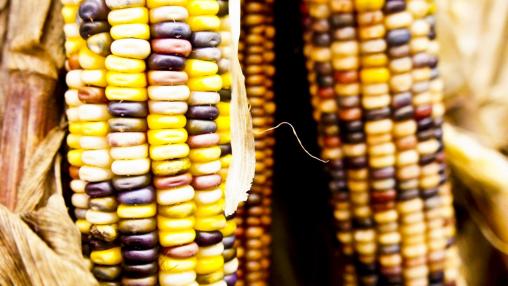
Maize Prices Decline from Near-Record Highs
The GIEWS Global Food Price Monitor, released today, has seen a slight decline in international maize prices from their near-record highs in August. However, the report also cites increasing global rice export prices, as well as strengthening wheat export prices. Domestic wheat prices in several regions (Asia, CIS, and South America) also rose in September, reflecting higher prices in international and regional export markets.
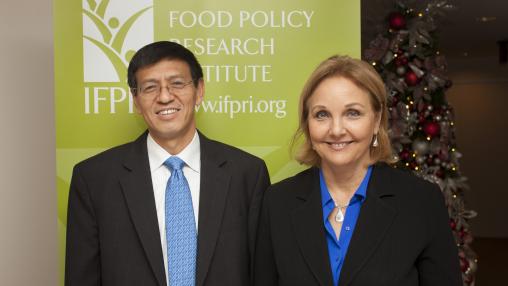
IFPRI Launches First Global Food Policy Report
In recent years, the world has faced continuing food security challenges. The food price spikes of 2007-2008 and 2010-2011 brought lasting impacts in the form of increasingly high food prices and price volatility, overwhelmingly harming the world's poorest producers and consumers. Guarding against price volatility to protect the world's most vulnerable populations will require restructuring global agricultural and financial markets, a need that global leaders are now beginning to recognize and address.
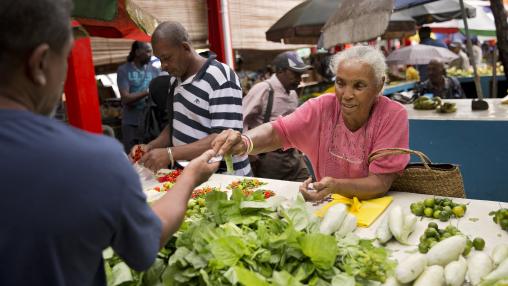
How Do Rising Food Prices Affect Men and Women Differently?
With the price of basic food items on the rise, global policymakers are again faced with the need to protect the world’s most vulnerable populations. Women and young children tend to be most negatively impacted by sharp increases in the price of food. However, while extensive research has been conducted on the causes and consequences of the 2007-08 food price crisis, little of that research has focused specifically on the impact of the crisis on women, and whether the impact differs for women compared to men.
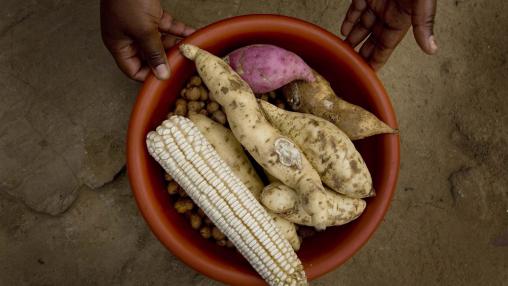
2011 Global Hunger Index Report Highlights Price Volatility as Threat to Food Security
Improving global food security and ending hunger worldwide are daunting tasks, and policymakers striving toward these goals face many obstacles, from changing climate conditions to increasing financial speculation to highly concentrated export markets. These factors and more can contribute to high, and highly volatile, food prices, threatening global food security and causing widespread human suffering.
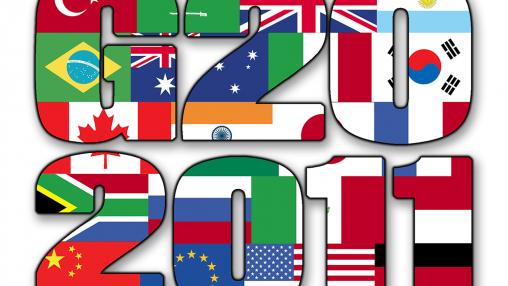
G20 Reports Highlight Need to Address Food Insecurity
The ongoing crisis in the Horn of Africa has shown that the challenge of food insecurity is alive and well. The 2011 G20 meetings have paid particular attention to the issues of high food prices, food price volatility, and food insecurity. G20 leaders have involved leading international institutions, such as the FAO, IFAD, WFP, and IFPRI, and have established several action plans to address these important issues.
View a presentation by Maximo Torero (Division Director, Markets, Trade and Institutions Division, IFPRI) on food security and the G20.
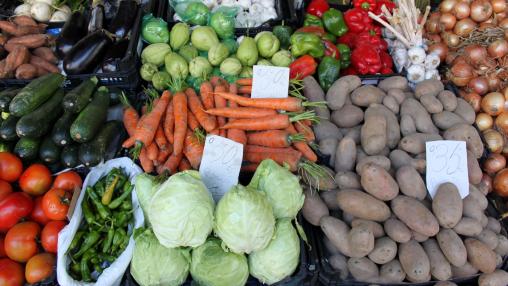
G20 Action Plan Highlights Agriculture and Food Price Volatility
With food security remaining a critical issue for both developed and developing countries, the Meeting of G20 Agriculture Ministers met on June 22-23 to discuss food price volatility and improved sustainable agricultural policies. The Action Plan developed at the meeting highlights greater sustainable productivity, better market information, more open trade, comprehensive rural development and agricultural policies, and sustained investment in agricultural development.
Download the full report.
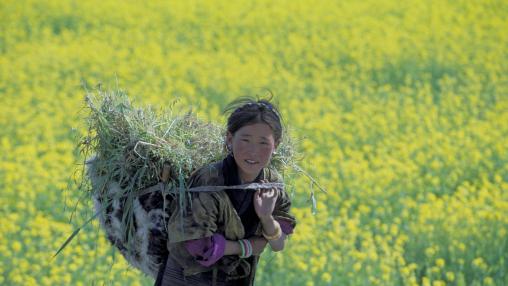
Surging Food Prices Could Stall Asian Economic Growth
The Asian Development Bank released a report this week suggesting that rising world food prices could drive 64 million people into poverty in the region and reduce economic growth by as much as 1.5 percentage points. Surging oil prices, declining grain stocks, increased demand for biofuels, and production shortfalls due to negative climatic events have all combined to increase both domestic and international food prices. This rise in the cost of food presents a serious challenge to the region's economic recovery and growth.
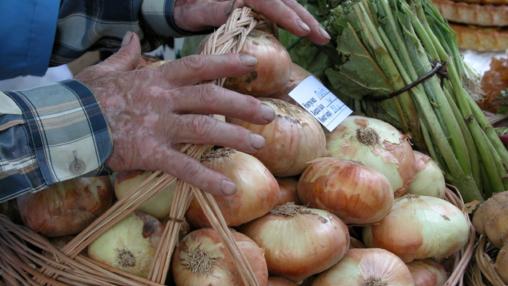
Alternative Mechanisms to Reduce Food Price Volatility
The economic, political, social, and nutritional impacts of food price volatility and price spikes are clear. In the 2007-08 food price crisis, 33 countries saw violent riots and social unrest as a result of rising food prices; in 2011, increasing food prices have been at least partially blamed for political turnover in Tunisia and Egypt, as well as riots in several other countries.
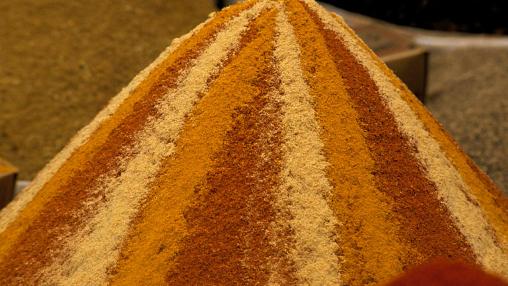
New Policy Analysis Tool Measures Impact of Rising Food Prices
Global policymakers were faced with a stark reality when food prices rose for the eighth consecutive month in February. In addition to affecting global markets, such increases can have complex and widely varied impacts on agricultural markets at the country level. A new policy analysis tool from the Food Security Portal can help to estimate and analyze these domestic impacts.
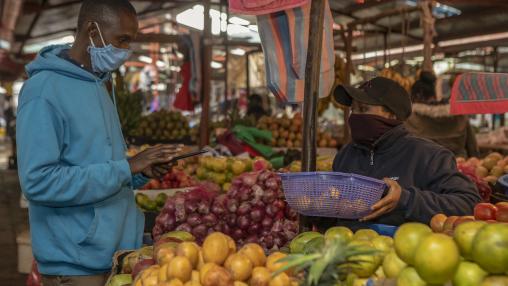
Guarding Against Excessive Price Volatility: Improving Food Security by Estimating Returns
The daily global news continues to be inundated with stories of rising food prices, and accompanying rises in poverty and hunger. Recent droughts in China have been added to the list of factors driving food prices, specifically commodity prices, up around the world. Policymakers are now faced with decisions regarding the appropriate response to these increases.